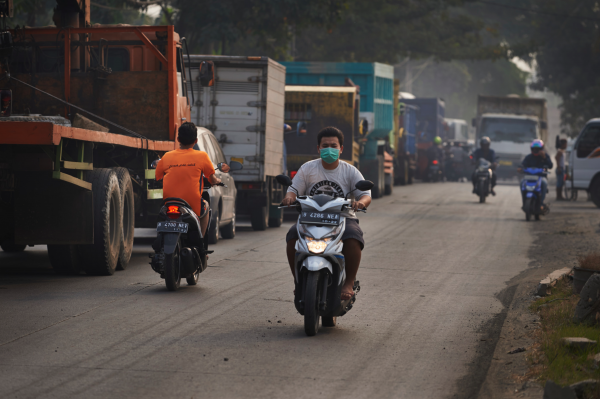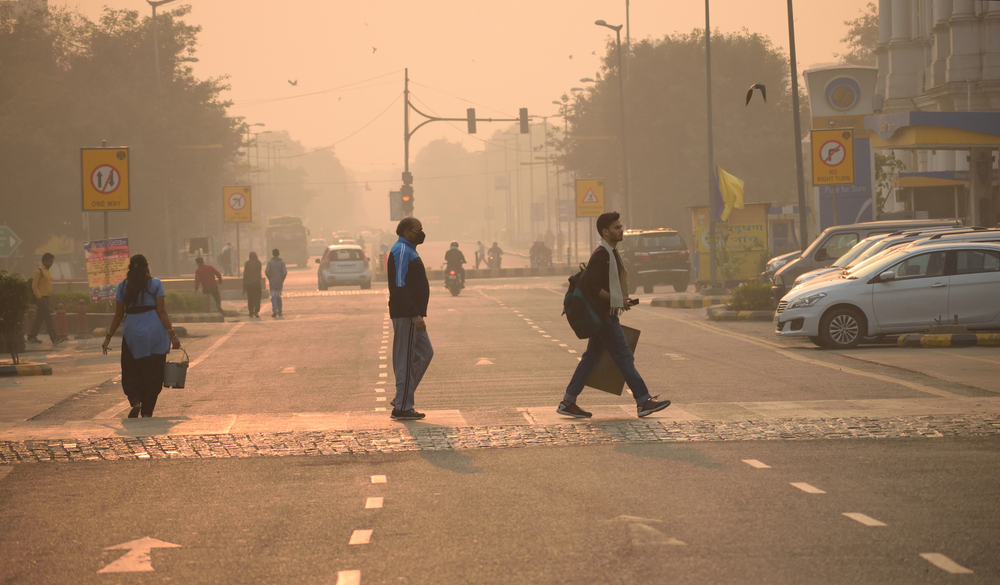Air pollution is a serious and pervasive public health problem affecting nine out of ten people worldwide, and yet most people only think about air pollution when they can see it or smell it. In fact, most air pollution occurs at concentrations that are invisible and odorless, but still dangerous. Many of the people affected do not fully understand the issue and so don’t consider it a major threat to their health. One reason for this lack of understanding and prioritization is that studies on the negative health effects of long-term exposure to air pollution have only really gained momentum in the last 15 years, and have yet to receive the attention they deserve in the wider health and medical community.
Here is what’s most important to know about air pollution.
Air pollution is an invisible killer.
No level of air pollution is safe to breathe, and anyone can be at risk from its harmful health effects. While very high concentrations can lead to visible haze and smog, harmful air pollution can be present even when the sky is blue. Exposure can cause lifelong health problems such as diabetes, pulmonary disease and cognitive impairment. For a better understanding on how this invisible killer works, please see this video.

Masks and filters are not a solution.
Air filters can only clean the air in a confined space and require frequent maintenance to be effective. The use of a mask is not practical when dealing with pervasive air pollution, or for preventing ultrafine particles from reaching the lungs. Ultimately, a better solution is to address the sources of air pollution.
Motor vehicles and large facilities are not the only major sources of air pollution.
While motor vehicles and industrial facilities do contribute to air pollution, they aren’t the only sources. Solid fuel combustion from small sources such as household fuels for cooking and heating, diesel generators, and the open burning of trash and agricultural waste can add up to a major share of urban pollution.
Local and regional sources are both important.
Air pollution in cities comes from local sources and from regional and upwind emissions—sometimes from hundreds of miles away. For cleaner air, cities must reduce emissions within their control while working to advance clean air measures at the state, regional and national level. Moving polluting industries to city peripheries does not create clean air.
The Environmental Health division at Vital Strategies is working to educate stakeholders including clinicians and governments on the facts about air pollution and how they may devise effective strategies to address the issue.
Have a question? Please email us at environmentalhealth@vitalstrategies.org.
Learn more about myths vs. facts on air pollution here.
CityHealth Perspective is a blog series that examines the importance of urban policies and environments on public health. Urban interventions are a strategic focus for our work and a core strength of our team. With the majority of the world’s population now urban and an additional 2.5 billion urban dwellers anticipated by 2050, we believe that public health must play a stronger role in shaping future cities that advance human and planetary health.
